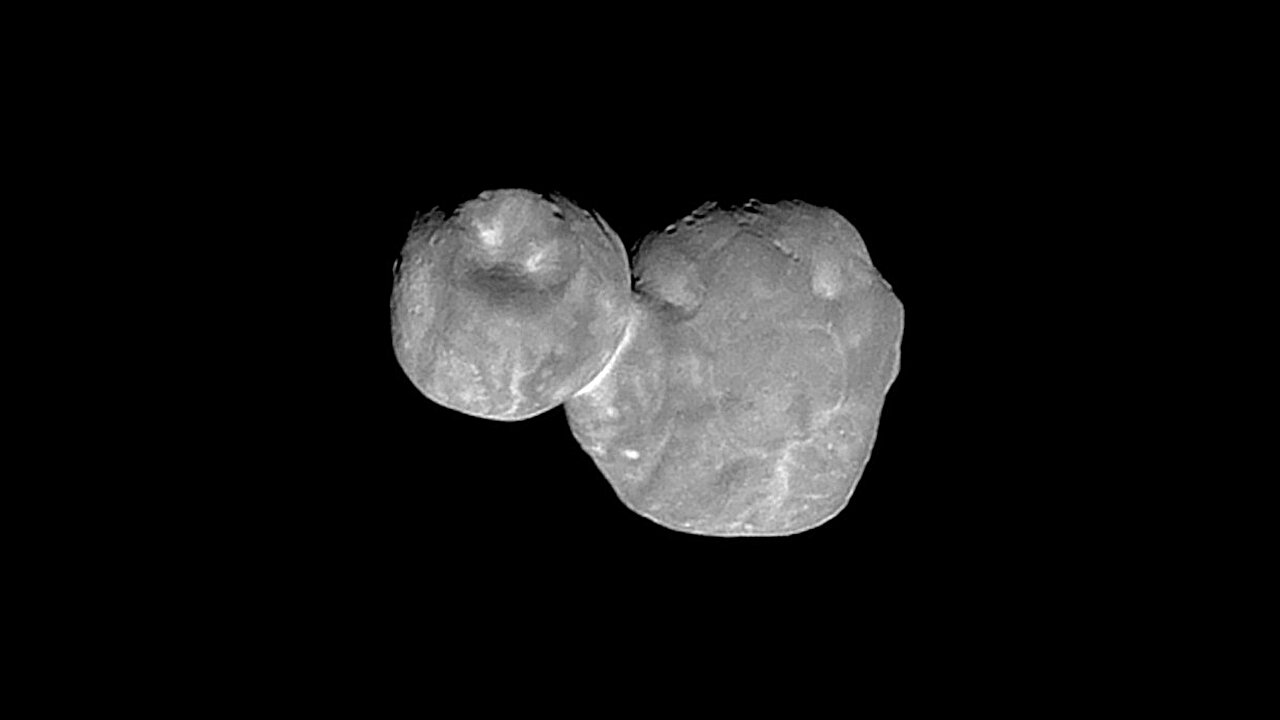Scientists are exploring the most remote objects of the Solar System. They were able to explain how Kuiper Belt objects such as Arrokoth store frozen gases. The latter allow them to explode as “ice bombs” when approaching the Sun.

Kuiper Belt Objects
Researchers from Brown University and the SETI Institute have discovered that the strange ice object of the belt 486958 Arrokoth, resembling a snowman, may contain ancient ice stored deep inside it from the time when the object first formed billions of years ago. But this is only the beginning of their discoveries.
Using a new model they have developed to study the evolution of comets, the researchers suggest that ice is not unique to Arrokoth, and that many objects from the Kuiper Belt, which is the most remote region of the Solar System from the Sun, store frozen substances with an age of 4.6 billion years.
How “ice bombs” are formed
Until now, it has been difficult for scientists to figure out what happens to the ice on these space rocks over time. The study challenges widely used models of thermal evolution that have failed to explain the longevity of temperature-sensitive ice like carbon monoxide. The model that the researchers created for the study takes this change into account and suggests that highly volatile ices in these objects persist much longer than previously thought.
The work suggests that Kuiper Belt objects can act as dormant “ice bombs”, storing volatile gases in their depths for billions of years until orbital shifts bring them closer to the Sun and heat makes their internal structure unstable.
This new idea may help explain why these icy Kuiper Belt objects erupt so violently when they first approach the Sun. Maybe the cold gas inside them is rapidly increasing under pressure, and these objects turn into comets.
“The key thing is that we corrected a deep error in the physical model people had been assuming for decades for these very cold and old objects,” the researchers say. This study may be the first step towards a reassessment of the theory of evolution and the activity of cometary interiors.
Overall, the study challenges existing predictions and opens up new ways to understand the nature of comets and their origin. Birch and Umurhan, the authors of the study, are co-investigators of NASA’s Comet Astrobiology Exploration Sample Return (CAESAR) mission, which aims to obtain at least 80 grams of surface material from comet 67P/Churiumov–Herasymenko and return it to Earth for analysis.
According to phys.org
Follow us on Twitter to get the most interesting space news in time
https://twitter.com/ust_magazine


